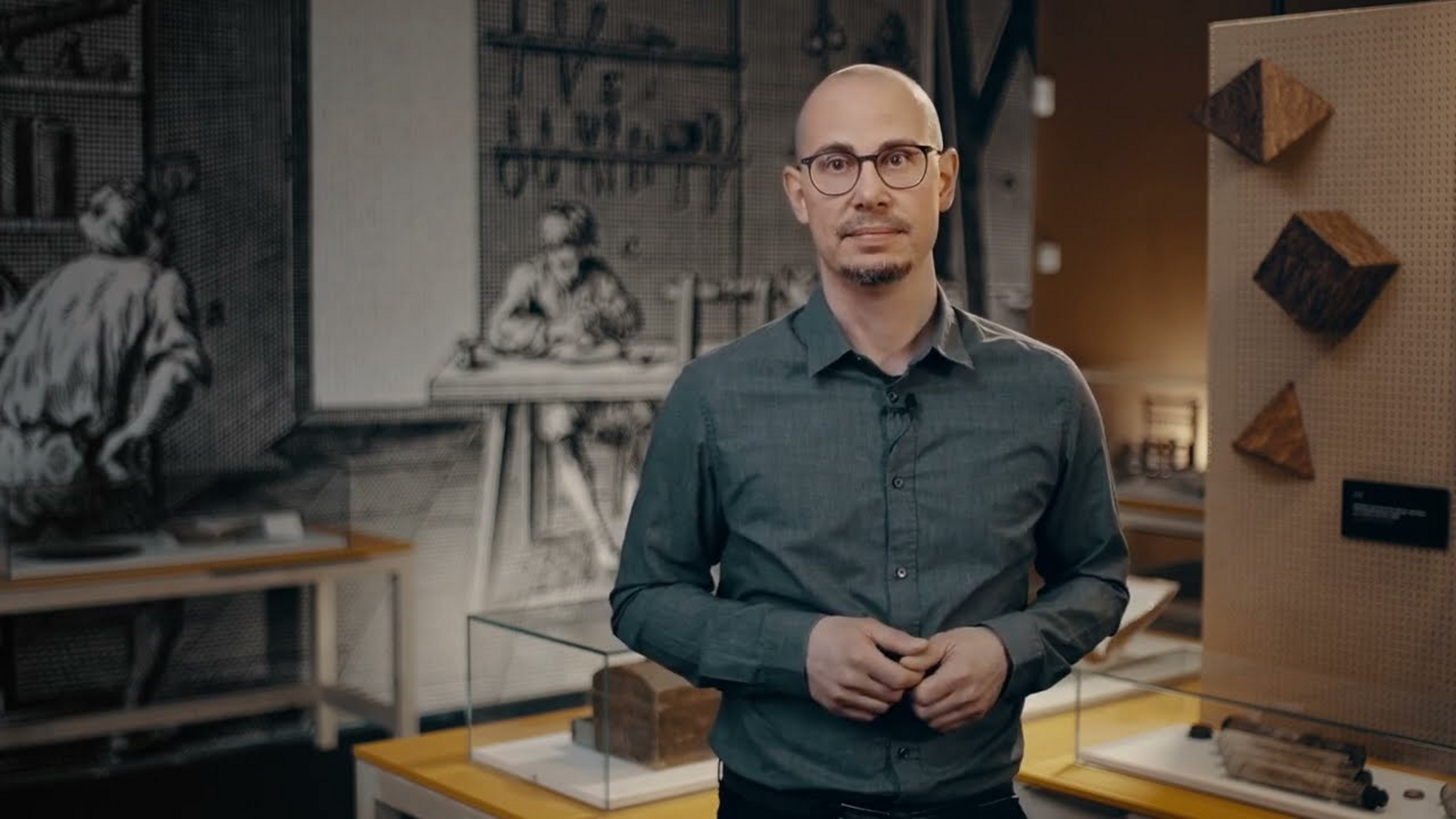Visualisation

Although we can explain some things with our language, we cannot easily visualise them. This can be the case, for example, if what is being explained is too big, too small or too complex, if it is hidden or if our senses cannot perceive all of its facets.
This is where visualisation comes into play. It helps us to focus on the essentials. It makes learning easier and promotes memory. It simplifies or skilfully redirects our senses. Whether sketching, schematising or changing perspective: the strategies used to illustrate something depend on the situation, the phenomenon to be understood and, above all, on ourselves.

Was bedeutet Anschaulichkeit? Wie wird in der Ausstellung wissen veranschaulicht und welche Rolle spielen dabei Modelle? Gibt es ein Lieblingsobjekt?
Wir haben bei unserem Kuratorenteam nachgefragt. Tom Gärtig, Dr. Claus Veltmann und Prof. Dr. Holger Zaunstöck erzählen im Interview, was sie bei der Konzeption und Vorbereitung der Jahresausstellung »Total real« gelernt und worüber sie diskutiert haben.
Habt ihr ein Lieblingsobjekt in der Ausstellung?
The term sketch comes from the Italian "schizzo" and means "draft". It's not easy to visualise the essence of a phenomenon by throwing a few lines on paper.
We asked our visitors to visualise concepts from A to Z in sketches - from friendship (Freundschaft) to currywurst.
Have you ever had something explained to you in a particularly clear way? If so, what was it?

The model cabinet of Sébastien Leclerc, engraving. Paris, Musée Carnavalet – Histoire de Paris
In this copper engraving, the French painter and engraver Sébastien Leclerc (1637-1714), who had studied geometry and mathematics in Paris himself, has staged scientific equipment, works of art and numerous models of various machines and physical experiments in an imagined ideal showroom. Leclerc himself collected such models during his studies and presents them here in an artful arrangement.
Some things only become clear when we zoom in or out. The model of a half-timbered house from the Kunst- und Naturalienkammer clearly illustrated architecture and architecture in miniature to Francke's pupils.
Thanks to modern cameras and high-resolution photographs, it is possible to change the perspective from model to life-size from the rear. The roof truss of the model appears huge in this view and draws the eye back to the materiality of the wood and the details of the construction.
What questions are you concerned with in the face of advancing digitisation?
How many inhabitants does the city of Halle have? Although this question can easily be answered with a number, it is difficult to visualise the number of people. Diagrams and comparisons can be used to visualise quantities and sizes to scale.
The idea that the city of Halle was a small circle around 1724, which has grown into a large circle today, helps us to visualise the population growth.
Wie wollen wir in Zukunft lernen?
How and with what do you learn best? Do real objects play a role?